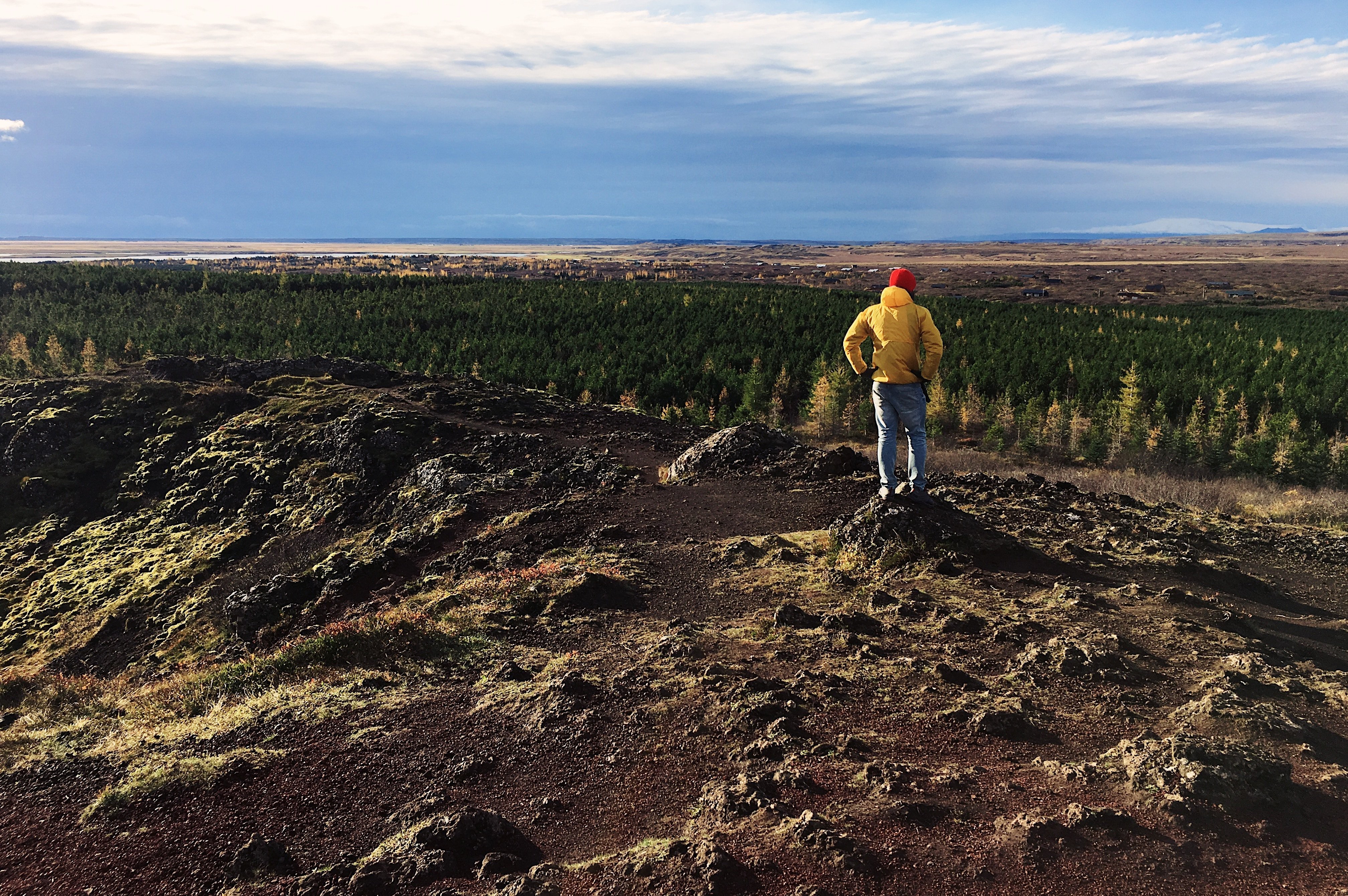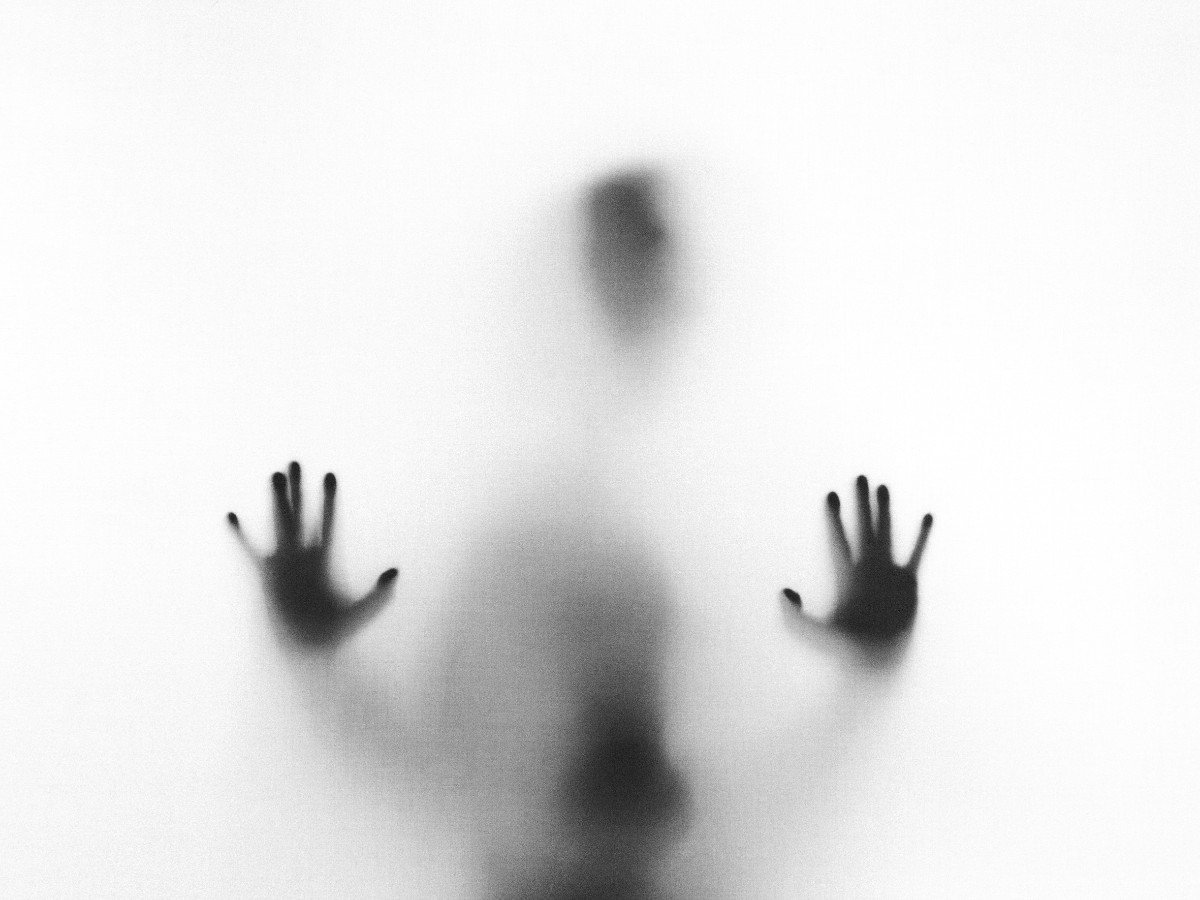
Religious Trauma or Trauma in a Religious Context
Keywords: Religious Trauma.
I met up with Brain Peck recently. Brian works with people who deal with religious trauma and/or trauma endured in a religious context.
Over the years, I have worked with various clients—mostly from the UK and Ireland—who were educated in strict Christian boarding schools and were affected by the abuse they had gone through.
Leaving One’s Community
I have also worked with several people who had left or were in the process of leaving their religious community.
That breaking away from their community often gave rise to issues around control, self-esteem and guilt, attachment-detachment, and identity.
Brain—who has gone through this deconversion process himself—is the perfect person to ask more in-depth questions.
Furthermore, he trained to become a trauma-informed professional and focuses on helping people who go through their own process of deconversion.
More About Brain Peck
You can find Brain through his website: https://www.roomtothrive.com
His facebook page: https://www.facebook.com/RoomToThrive
Here’s the working definition for Religious Trauma:
The physical, emotional, or psychological response to religious beliefs, practices, or structures that overwhelm an individual’s ability to cope and return to a sense of safety.
Have a listen to our conversation and feel free to leave your comments below.











